This article was originally published in the spring of 2022.
One of the most magical moments in the life of a watch collector is winding your very first manual watch. There is something magical about gently turning the crown, bringing the device to life as it starts ticking. This excitement also comes with a dash of fear so as not to damage the watch. Most manual wound watches are not that fragile, but what do you know when it is your first time?
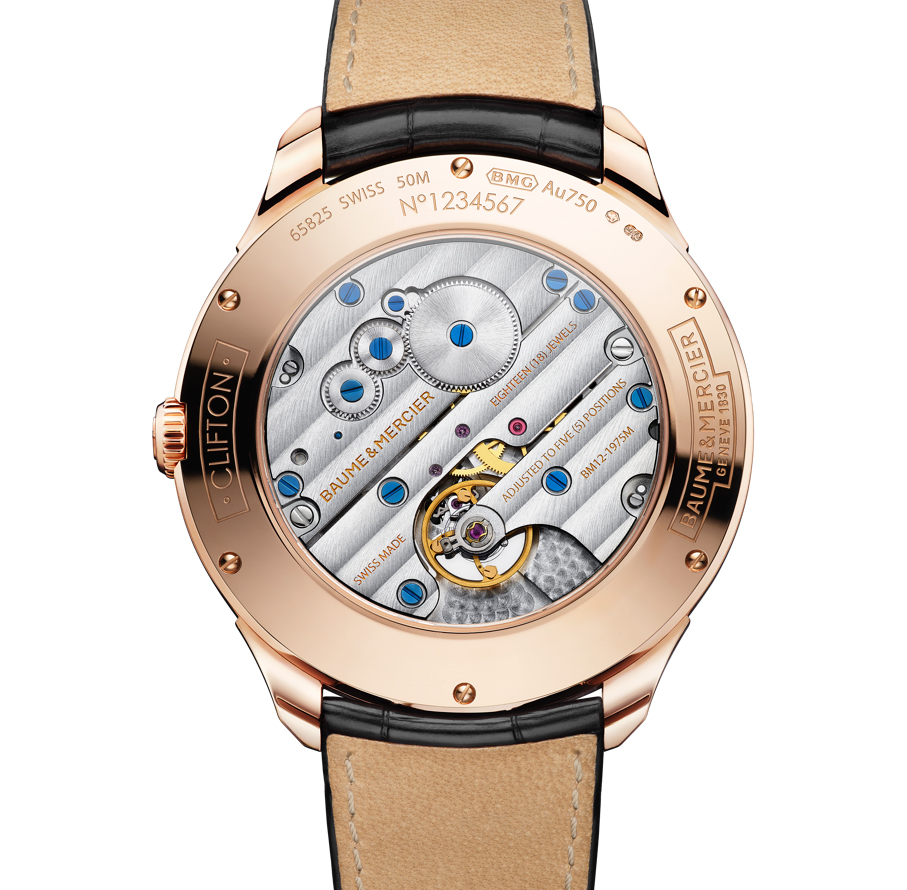
The gratifying feeling of winding a mechanical watch is something that never loses its luster. I have been doing it for well over two decades on a daily basis and still love it as much as the first time. It is often a combination of hearing the clicking sound of the gear train moving, the feeling of the crown between your fingers, and the subtle resistance when you turn that make it so appealing.
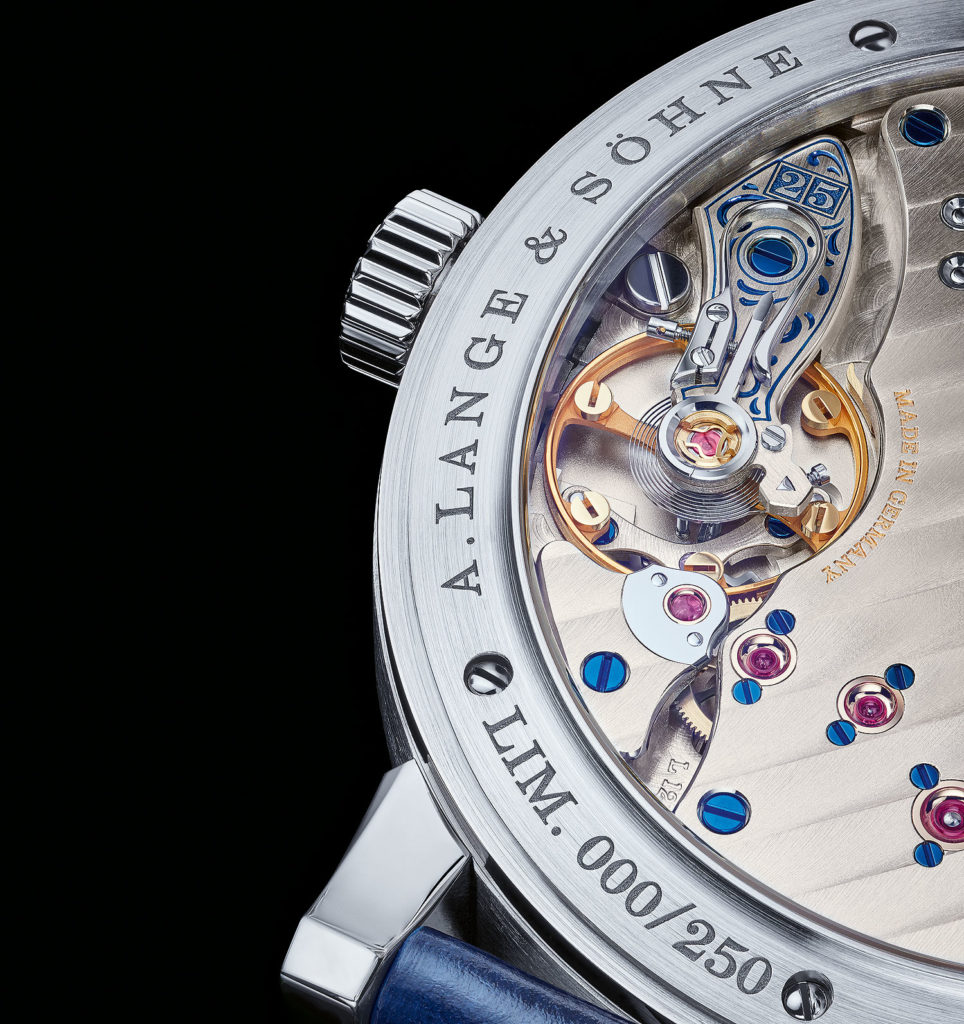
Most automatic movements offer the option to wind them manually, but this rarely gives the same sensation. It feels like driving one of those sportscars with an automatic transmission but flippers behind the steering wheel. While the thought is nice, the experience is often lacking a bit, knowing that the car is much better at shifting itself than you will ever be. Granted, with an automatic watch, this is slightly different, as the manual wind function does come in handy to kick start the movement when it hasn’t been worn for a while, but still.
For many of us, winding out watches has become a sort of therapy, as well as an expression of our passion. It also underscores that while there may be far more efficient and precise ways to keep time, it is sometimes more about the experience than being the best.
What was your first manually-wound watch? Let us know in the comments below!



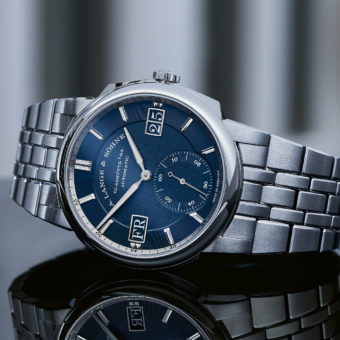

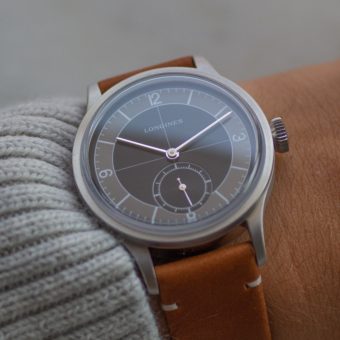
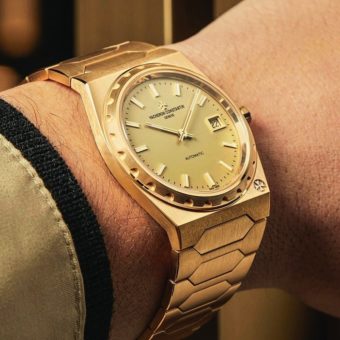
Movado with a white face and silver numerals and a second hand sub dial in an 18k white gold case. It has a Unitas movement and an Ostrich strap. I still wear it for special occasions.
Manual winding contributes to relationship between watch and wearer. My first was an Elgin back in about 1958 a gift ftom my father.
Perhaps, only beaten by working and creating your own Watch.
Nice article. I have a Jaeger Lecoultre grand date duo-barrel Reverso that I love. Watching the parts of the mechanism doing their work through a loop is great. I’m going to have to get it out of the bank
Rolex date 6694
I love the automatic transmission with flippers analogy – so appropriate!